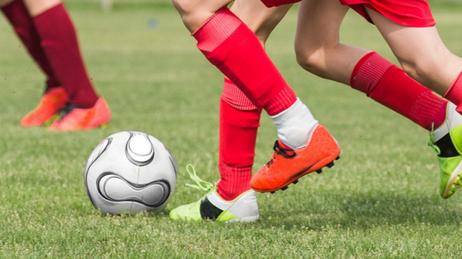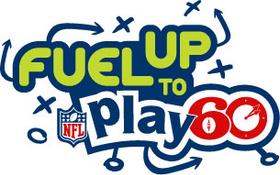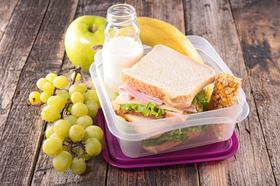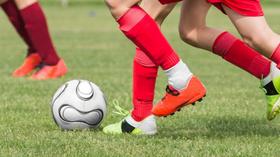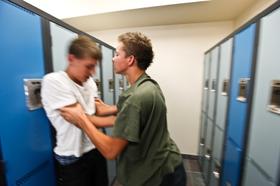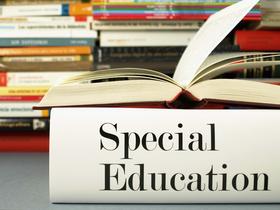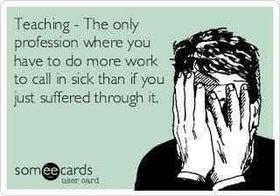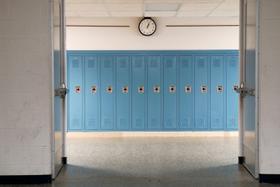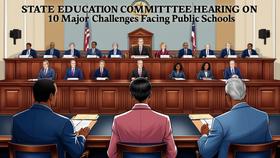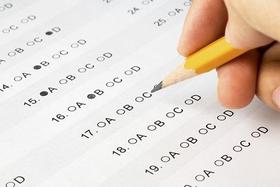ĺŇ”őŐŚ”ż Achievement: Are Stimulants a Part of the Equation?
Students under pressure to make good grades and keep up with a myriad of extracurricular activities are turning to an unexpected place to get the edge they need to succeed: stimulant drugs. Many high school students across the U.S. are turning to prescription medications typically used to treat ADD and ADHD to increase their energy levels and focus when their physical bodies cannot do it on their own. The increased use of these drugs has many educators and health care providers concerned, but students who have seen their results continue to turn to the medications - and turn their friends onto them as well.
This video looks at the effects of on study habits.
Driven to Excel
The Herald-Tribune reports that students in high school today face enormous pressure when it comes to competing with their peers for class placements, test scores, and college entrance applications. The medications have been used on college campuses for some time but are slowly trickling down to the high school level as well. Students find that stimulant use gives them the necessary edge to perform at a higher level with less sleep required.
As many as 200 students sent their views on prescription medication abuse to the , frequently eluding to the fact that pressure to perform ‚Ä� from parents,




